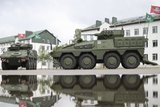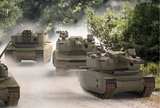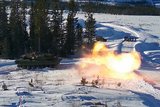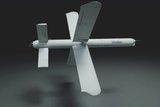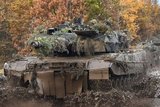The Air Force Research Laboratory Sensors Directorate and the National Museum of the US Air Force Collection Management Division are teaming up to help address an air force requirement to automatically detect numerous mobile ground threats such as anti-aircraft guns (AAA).
The AAA weapons are used to defend high asset value targets on the ground such as surface to air missile sites, headquarters, weapons storage sites, bridges, power grids, and other vulnerable strategic targets.
The museum will provide five AAA guns, which are part of the national historical property collection at the National Museum and are preserved for research and possible use in future exhibits.
The AFRL team is planning to build three mock-ups of common AAA guns for testing. The team also plan to take radar reflectivity measurements of the museum’s guns using a portable X band radar. This data will help to determine dominant reflectors needed in their mock-ups, which will be built by their fabrication shop team.
The older version of the AAA were manually loaded, hand cranked, with crews of 6-10. The modern AAA has electro-optical/infrared sensors and radar that allows operator to know how much to lead the target. Radar gives them access to range and velocity information and all-weather capability. It has electric servos for fast slewing, auto-loaders and has a faster firing rate.
The latest AAA guns are designed specifically to shoot down swarming UAS. Some legacy AAA guns are lethal to 35,000ft.
The AFRL initiated three small business innovation research contracts, all currently in Phase I, asking companies to do some modelling and simulation. Each is $150,000 for nine months. Some will qualify for Phase IIs, which are $750,000 for two years.










